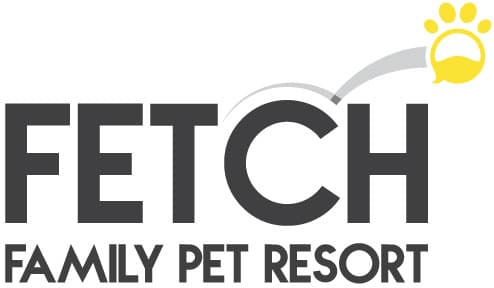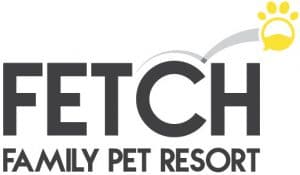March is National Pet Poison Prevention Awareness Month so now is a good time to talk about recognizing symptoms your dog may display if they have eaten something toxic. Things that are poisonous to your furry family member can be found just about anywhere – from your backyard to things in cabinets to human food right off the kitchen table. The key to your response is speed. Call your vet immediately if you have concerns. The ASPCA Animal Poison Control Center (APCC) is a great resource for after hour questions of an emergent nature: (888) 426-4435. There is also the Pet Poison Helpline 855-764-7661.
Recognizing symptoms is a key first step. The most common signs can include vomiting, diarrhea, extreme salivation, loss of appetite, dry heaving, loss of appetite, lethargy, and seizures. One should also look for pale gums, a racing heart, and an unstable gait.
Do …. Try and identify the possible poison and keep any labels of information about the product. Do…. Call your veterinarian or poison control resource immediately. Do try and keep your dog calm and away from other pets and people.
Do not…. Try any home remedies or ideas you get from the internet. Do not… try and make your dog vomit. Do not…try and get your dog to exercise off the symptoms.
The ASPCA lists 417 plants on its website that are deemed toxic to dogs. That’s a bit much to list here, but some of the more common ones are Sago Palms, Tomato plants, Aloe Vera, Ivy, Amaryllis, Gladiolas, Holly, Daffodils, Baby’s Breath, Milkweed, Castor Bean, Azalea, Rhododendron, Tulips, Chrysanthemum, Begonias, and Oleander. (Makes you want to keep your dog inside – right?)
The most common people foods that are toxic dogs include Avocados, Chocolate, Coffee, Citrus, Grapes, Raisins, Alcohol, Coconut, Dairy products, Nuts, Onions, Garlic, Cloves, anything salty, anything undercooked, and artificial sweeteners. Please note this is not a comprehensive list as dogs can have unique allergies just like people.
The household is a veritable nightmare of things poisonous to dogs. Usually they fall into three categories: Household Products, Medications, and Cosmetics. These can include Bleach, Carpet Fresheners, Carpet Shampoo, Essential Oils, Fabric Softener Sheets, Febreze, Grout, Scented Litter, Swiffer Wet Jet, Toilet Cleaning Tablets, Vinegar based cleaning solutions, Adderall, Petroleum Jelly, Aspirin, Avon Skin So Soft, Bar Soaps, Face Wash, Breath Fresheners, Cigarettes, Nicotine Patches, Grapeseed Oil, Ibuprofen, Naproxen, Kaopectate, Pepto Bismol, Mosquito Repellant, Nasal Decongestants, Topical Creams, Ointments, Lotions. (Makes you want to keep you dog outside – right? 😊)
Raising a dog is a lot of responsibility. No matter where the toxin came from, recognizing the early signs of poisoning is a critical step to getting life saving treatment for your furry family member. In the spirit of National Pet Poison Prevention Awareness Month, I encourage you to look around your house and yard to see what you can do to minimize risks. Talk over with family members symptoms to watch for – and what the action plan is should you suspect your pet has ingested a toxin.
As always, Fetch Pet Specialists are here to talk on this subject further, and I am only a bark away.
Carolyn

